5 Fascinating Facts About Flowers
In honor of spring, here's some interesting flower trivia!
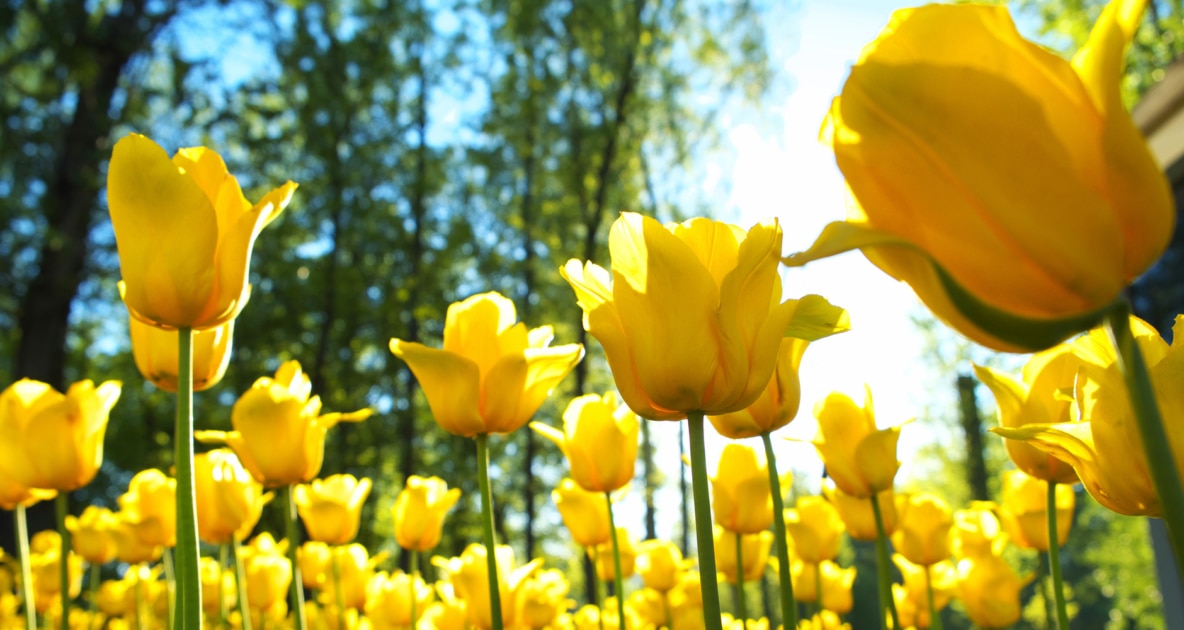
Spring has sprung, which means gardens are bursting with blooms. In honor of this season of bright blossoms, here are five fascinating facts about flowers:
1) Tulip bulbs can be substituted for onions in a recipe. (They’re milder.)
2) The world’s largest flowers also happen to be the worst smelling!
The title for the biggest singular flower belongs to the Rafflesia Arnoldii. Otherwise known as the “corpse flower,” it reportedly smells like rotting meat! Luckily, it’s located far away—in the rainforests of western Sumatra, Indonesia. The blooms are three feet in diameter and weigh a whopping 20 lbs.
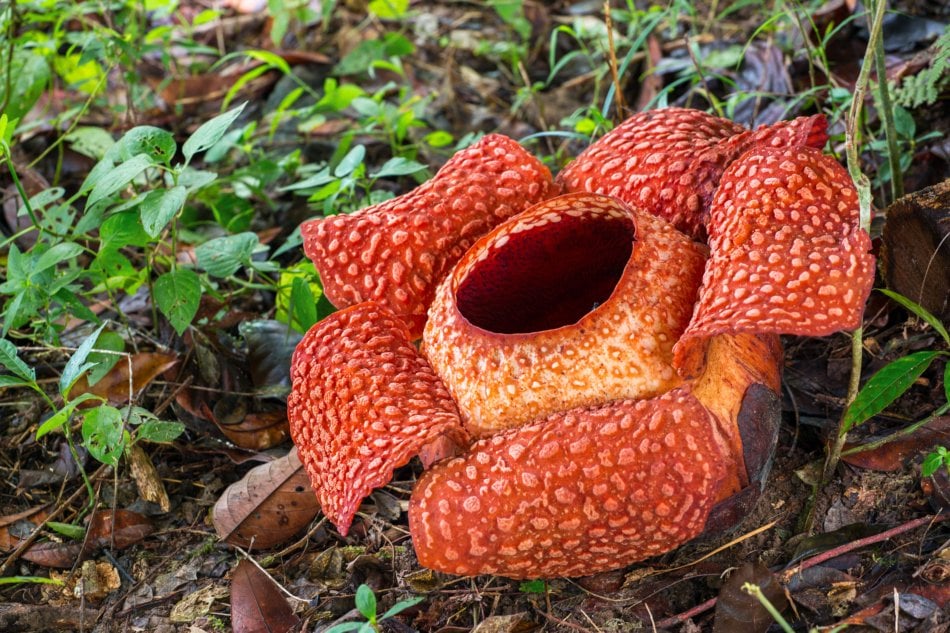
Another giant so-called “corpse flower”—also located in Sumatra—is the Amorphophallus Titanum. It is actually larger than the Rafflesia Arnoldii, but it is comprised of an “inflorescence,” which is a clustering of blooms rather than a singular bloom. Guinness World Records lists the tallest at just over 10 feet. However they can grow up to 12 feet tall in their natural habitat.
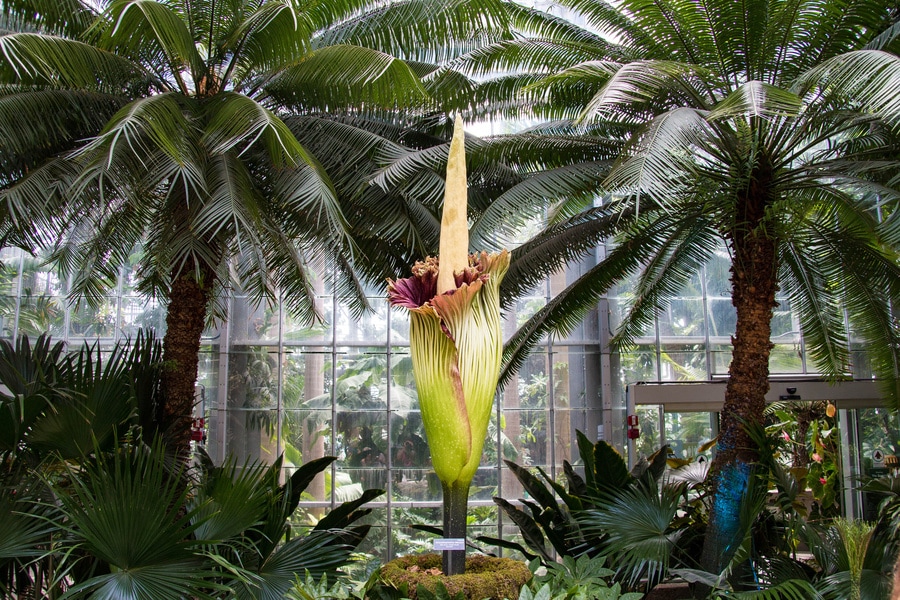
Whereas the Rafflesia Arnoldii blooms every nine months sporadically, the Amorphophallus Titanum takes 7-9 years to bloom! It also smells like rotting fish or, according to others, “smelly feet” or “Limburger cheese”and gives off heat, to simulate decomposition.
If you dare to smell one—and happen to be in the Washington, D.C. area—an Amorphophallus Titanum bloomed last night (June 2, 2022) at the US Botanic Garden. Located at the base of The Capitol, the conservatory is open every day from 10am-5pm. Free admission for all.
Learn more about the famous “corpse flower” in the following video:
It’s important to note that these flowers stink the way that they do for a reason: The disgusting stench attracts flesh flies and carrion beetles which, in turn, pollinate other important plants in their rainforest ecosystem.
3) Southeast Asia is also home to the world’s smallest flowering plant.
Wolffia Globosa otherwise known as “duckweed” is rootless and stemless. Its tiny flowers are about three millimeters wide and float on the surface of water. They are super nutritious—exceeding almost every other superfood in vitamins and minerals. It has more protein content by weight than soy, lentils, and quinoa. Learn more about it.
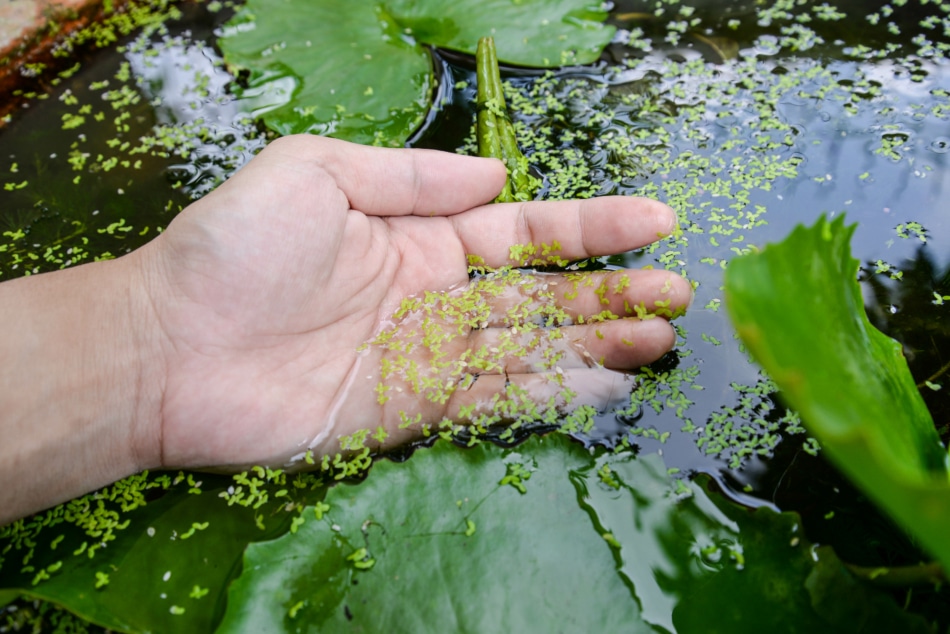
4) There is an estimated 390,000 species of flowering plants on Earth.
5) Ancient civilizations used to burn aster leaves to ward off evil spirits.
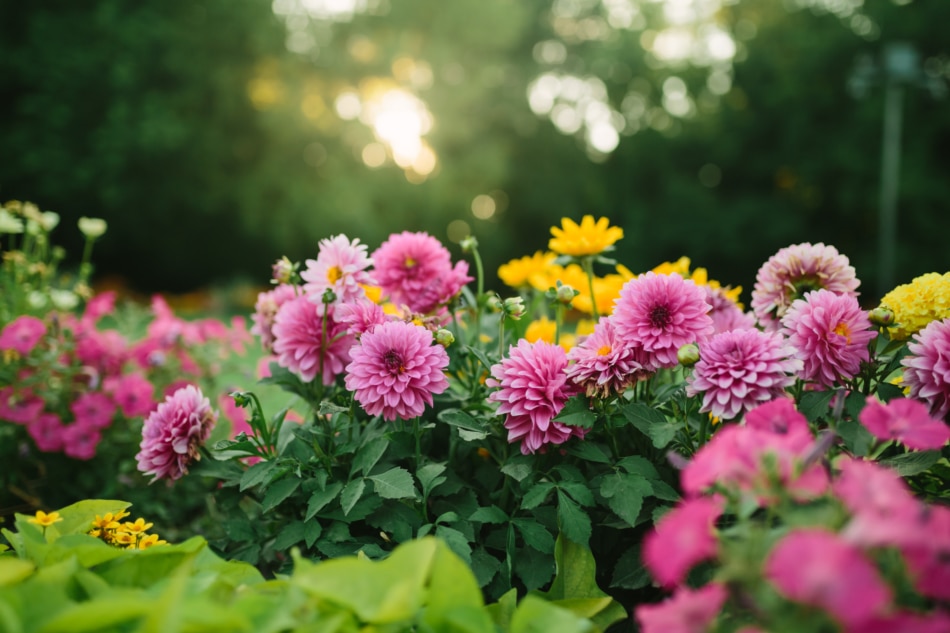
Want to know more about superstitions? Find out!
If you had the opportunity to smell the “corpse flower,” would you?
What is your favorite fun fact about flowers?
Let us know what you think in the comments below!
This article was published by the staff at Farmers' Almanac. Do you have a question or an idea for an article? Contact us!



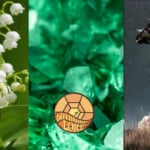
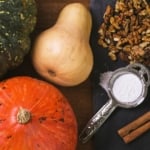
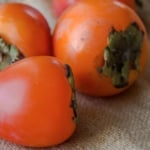

i remember reading of people having to eat their tulip collections to survive during the world wars. Also there are several recipes for dandelion blossom delights. Just peal the green cap off, and they make a lovely little snack.
thank you, I got the 2 articles and saved.
I too,would like to see an article about edible flowers… and also articles about beneficial companion planting..
Margaret J. Jaeger, You got your wish!
Edible flowers: Edible Flowers: Pretty Enough to Eat!
Companion Planting: 10 Veggies That Should Grow Together
You should write one about edible flowers, ranging from rose petals, squash blossoms and nasturtiums (spelling?) to dandelions — well at least their greens.